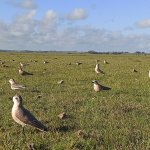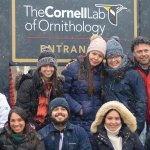By unanimous vote of the Hemispheric Council of the Western Hemisphere Shorebird Reserve Network (WHSRN), the first WHSRN site in Honduras joined the Network. The Punta Condega – El Jicarito system was designated as a Site of Regional Importance for supporting 1% of the population of the Wilson’s Plover (Charadrius wilsonia) and the Double-striped Thick-knee (Burhinus bistriatus).
The Punta Condega-Jicarito system is located in the southern part of Honduras, in the Gulf of Fonseca. It includes the Habitat Management for Species Protected Areas, El Jicarito and Las Iguanas-Punta Condega. It also includes shrimp production areas with four shrimp farms belonging to the Granjas Marinas Group. The area has intertidal mudflats, sandy beaches, and remnants of natural salt marshes.
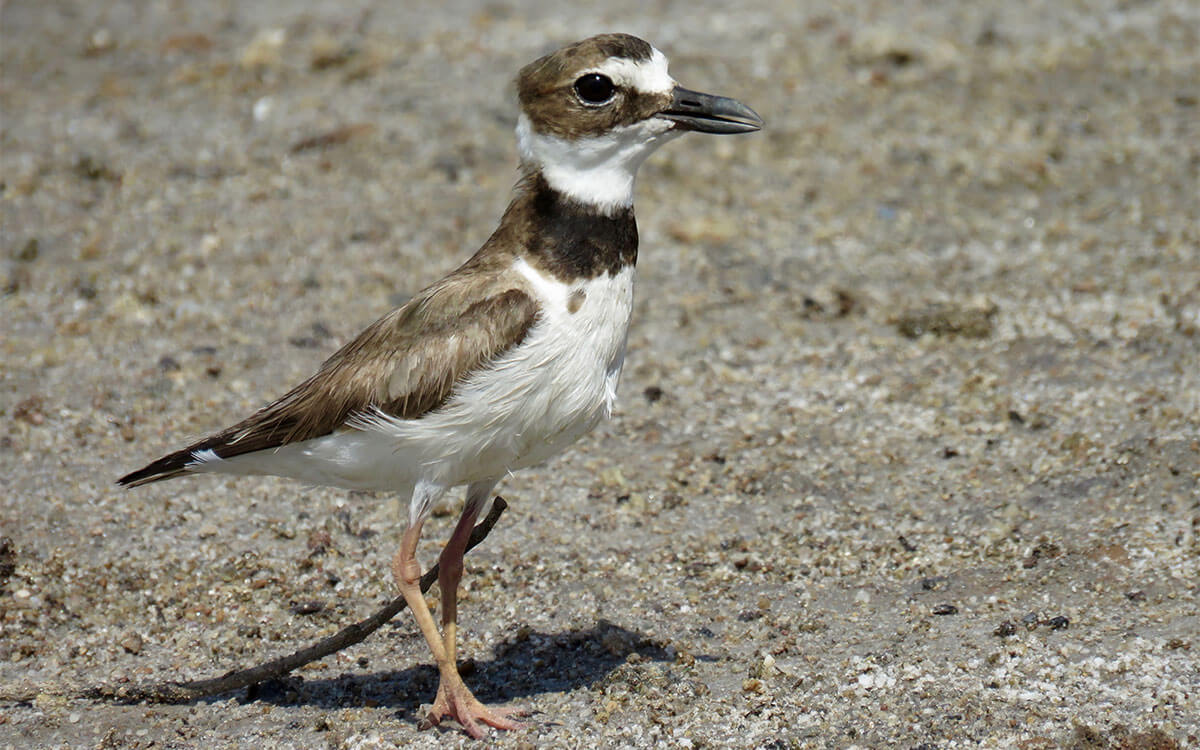
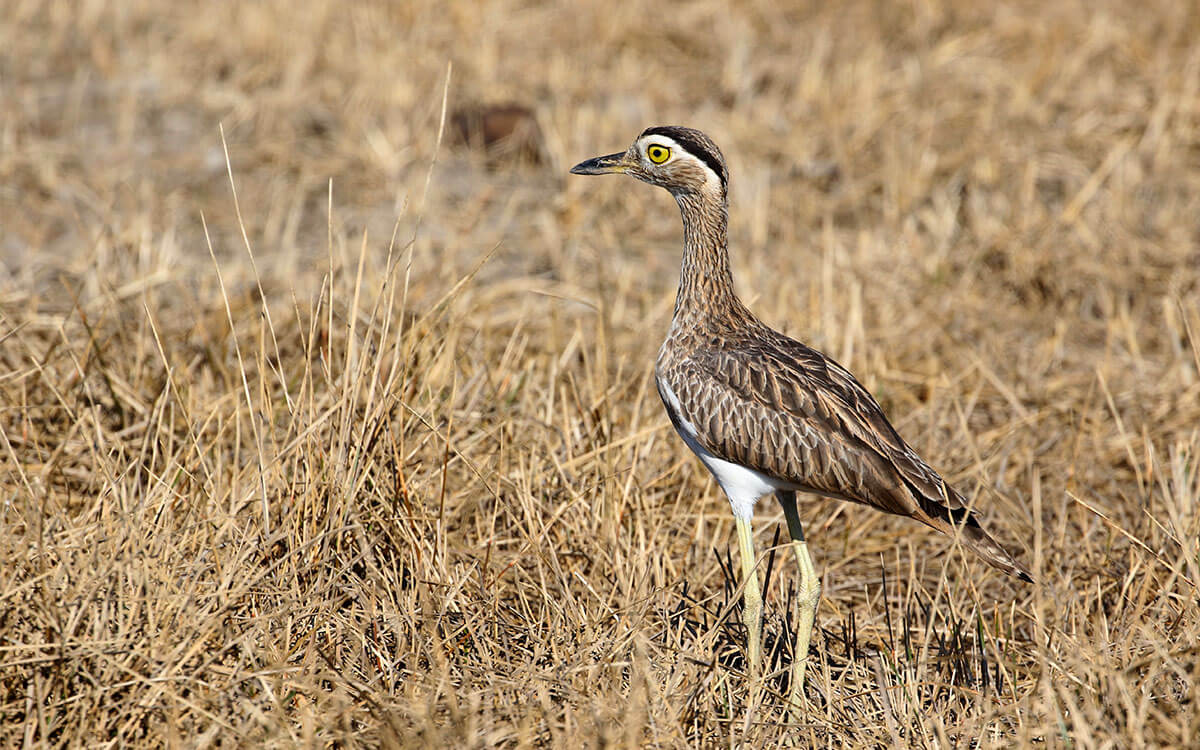
Left: Wilson’s Plover. Right: Double-striped Thick-knee. Photos: John Van Dort.
In the Punta Condega – El Jicarito System, more than 100 individuals of American Oystercatchers (Haematopus palliatus) have been recorded, some banded in the Atlantic coast of the United States. There are also 12,000 Western Sandpipers (Calidris mauri) and 5,000 Semipalmated Sandpipers (C. pusilla) resting at the site.
In addition, counts of more than 20,000 birds of various species of the family Scolopacidae and Recurvirostridae have been recorded. The majority of the species found here include the Western Sandpiper, Semipalmated Sandpiper, Least Sandpiper (C. minutilla), Stilt Sandpiper (C. himantopus), Black-necked Stilt (Himantopus mexicanus), and Whimbrel (Numenius phaeopus).
The area is owned and managed by the National Institute of Forest Conservation (ICF) and companies that have received a 20-year concession contract from the State. Since 2014, shorebird counts have been conducted by local partner Aves Honduras (ASHO) under the Migratory Shorebird Project (MSP), with support from international nonprofits Point Blue Conservation Science, Manomet, and Calidris. In addition, the Central American Waterbird Census has been implemented since 2015 and several tri-national shorebird counts have been conducted with a focus on the Gulf of Fonseca.
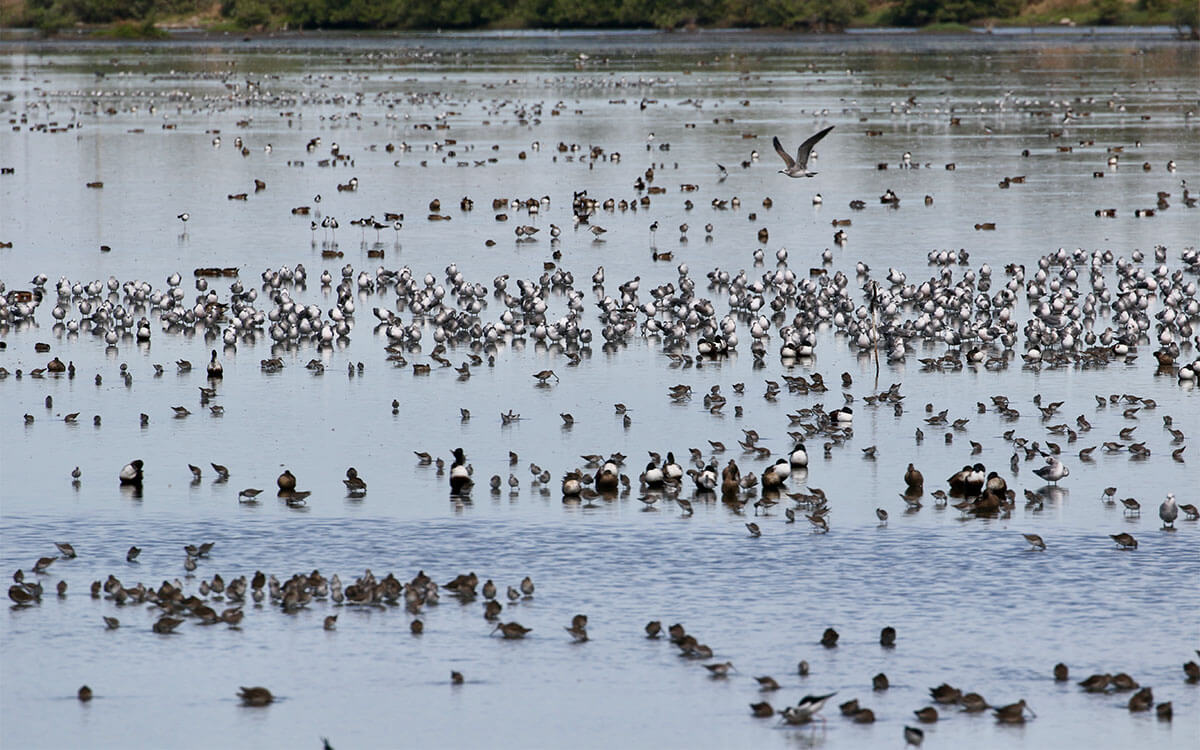
Shorebirds resting at the new WHSRN site in Honduras. Photo: John Van Dort.
The area is part of the RAMSAR Site 1000, for being a Wetland of International Importance that serves as habitat for many species of flora and fauna and has a marine-coastal ecosystem that includes a wetland system with diverse characteristics and classification from areas of intertidal forested wetlands (mangrove), winter lagoons, estuaries, islands, islets, beaches, and subtropical dry forest.
The nomination of this new WHSRN site was possible thanks to the commitment and coordinated work between the ICF and ASHO with support from the WHSRN Executive Office, Granjas Marinas, site co-manager COODEFFADOLF, and above all the support of the communities of Jicarito and Punta Condega, who have worked for years in the conservation of these protected areas.
Honduras has an invaluable wealth of biodiversity, and we hope this is just the first of many efforts to protect and declare more sites that are important for shorebirds.
Welcome to the Network and thank you for your commitment to shorebird conservation!
Cover Photo: American Oystercatchers at Punta Condega – El Jicarito system. Photo: John Van Dort.





